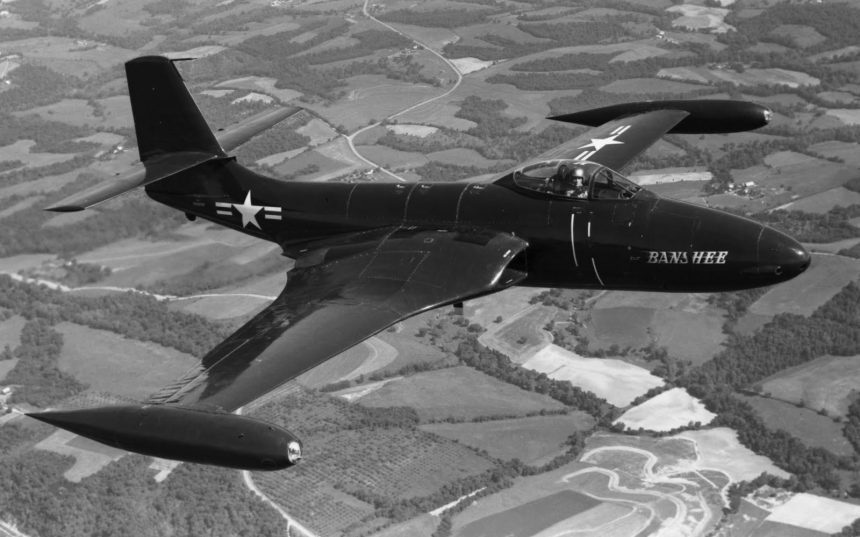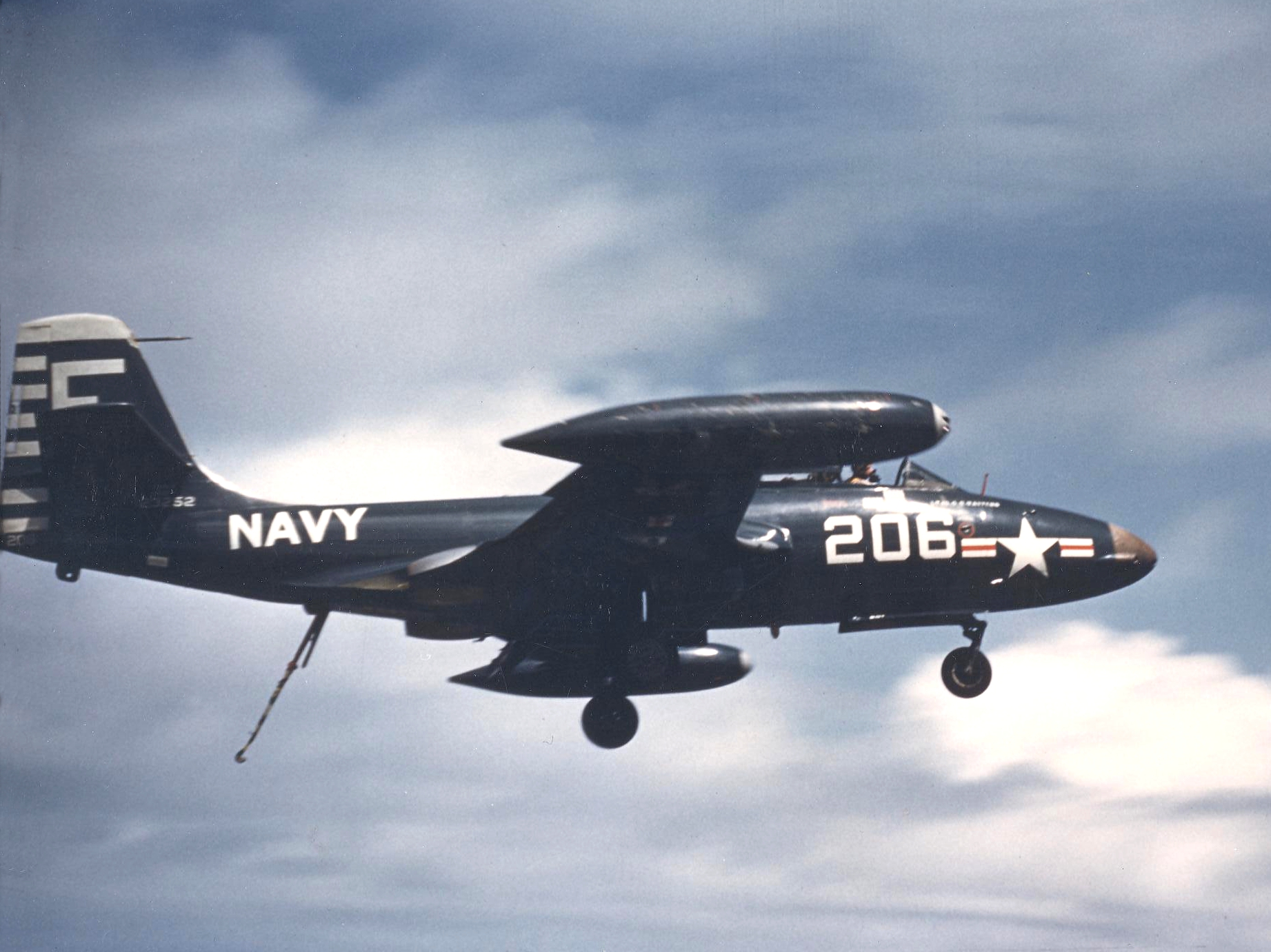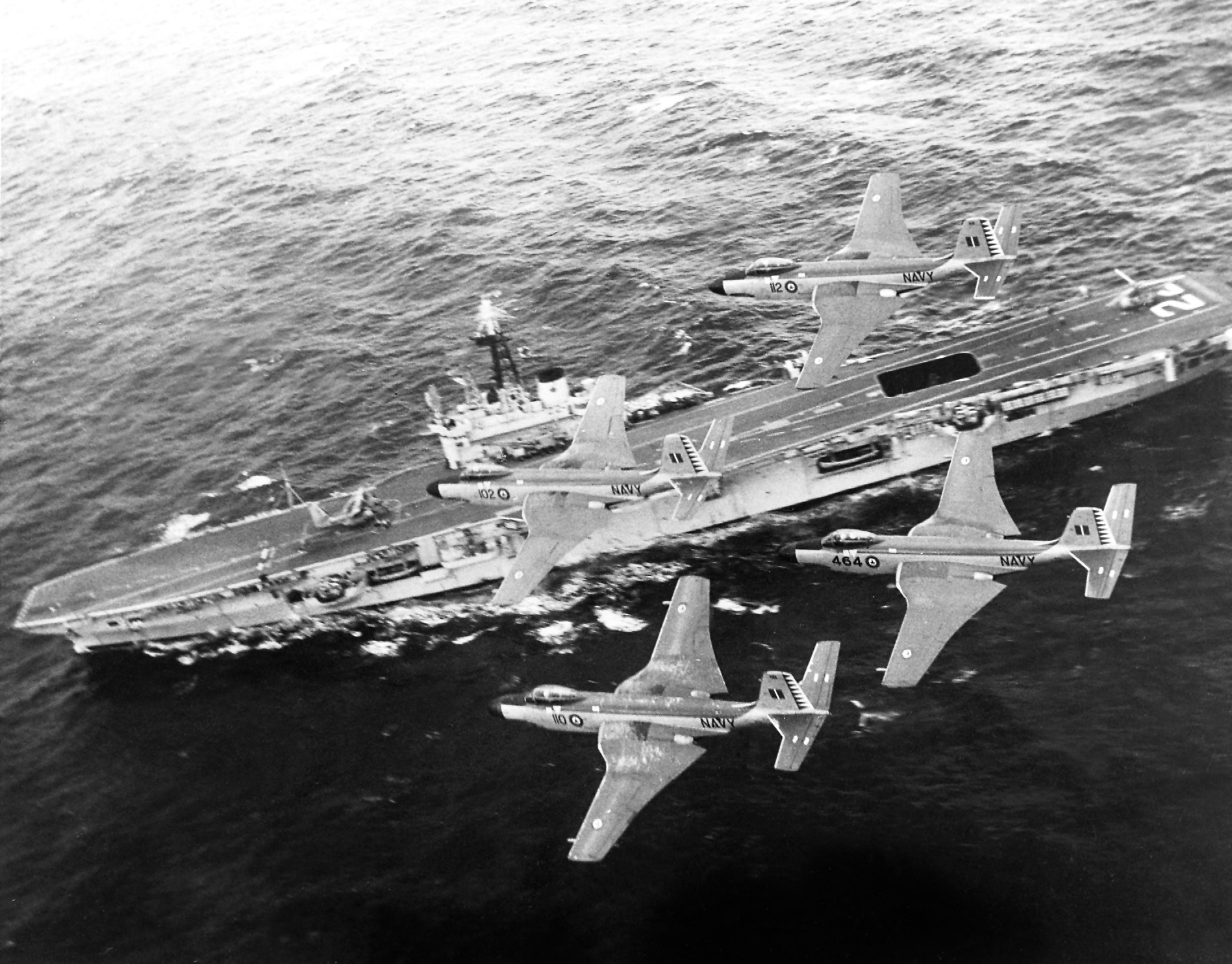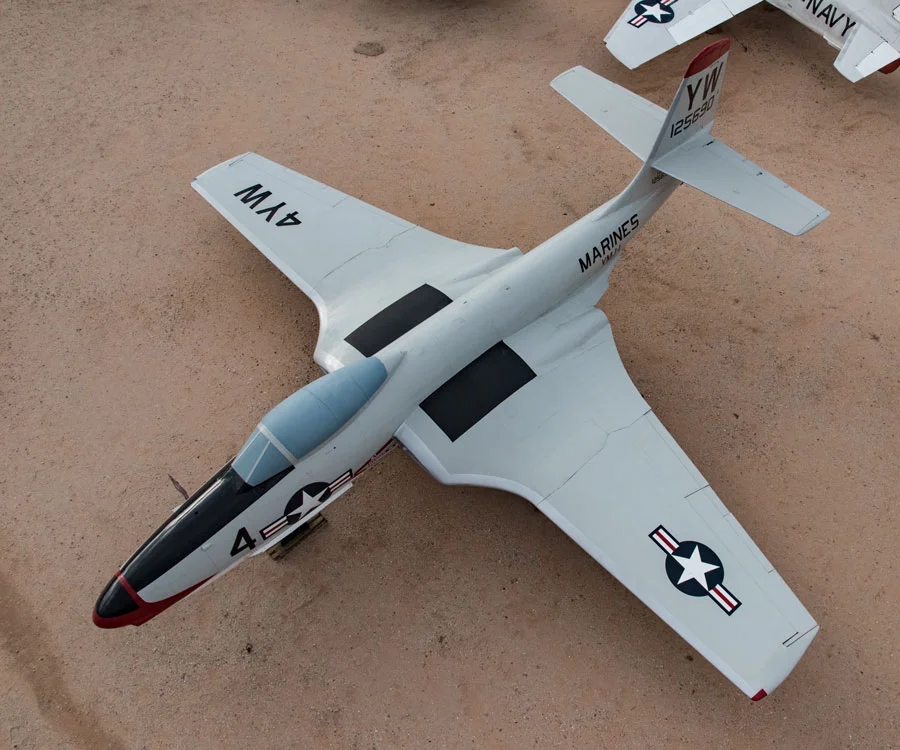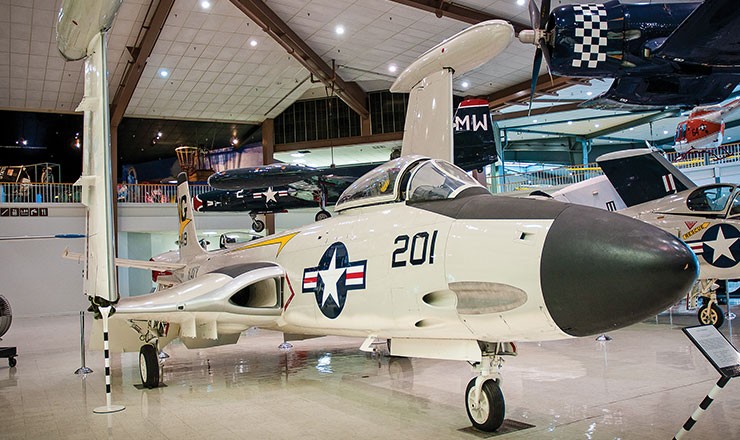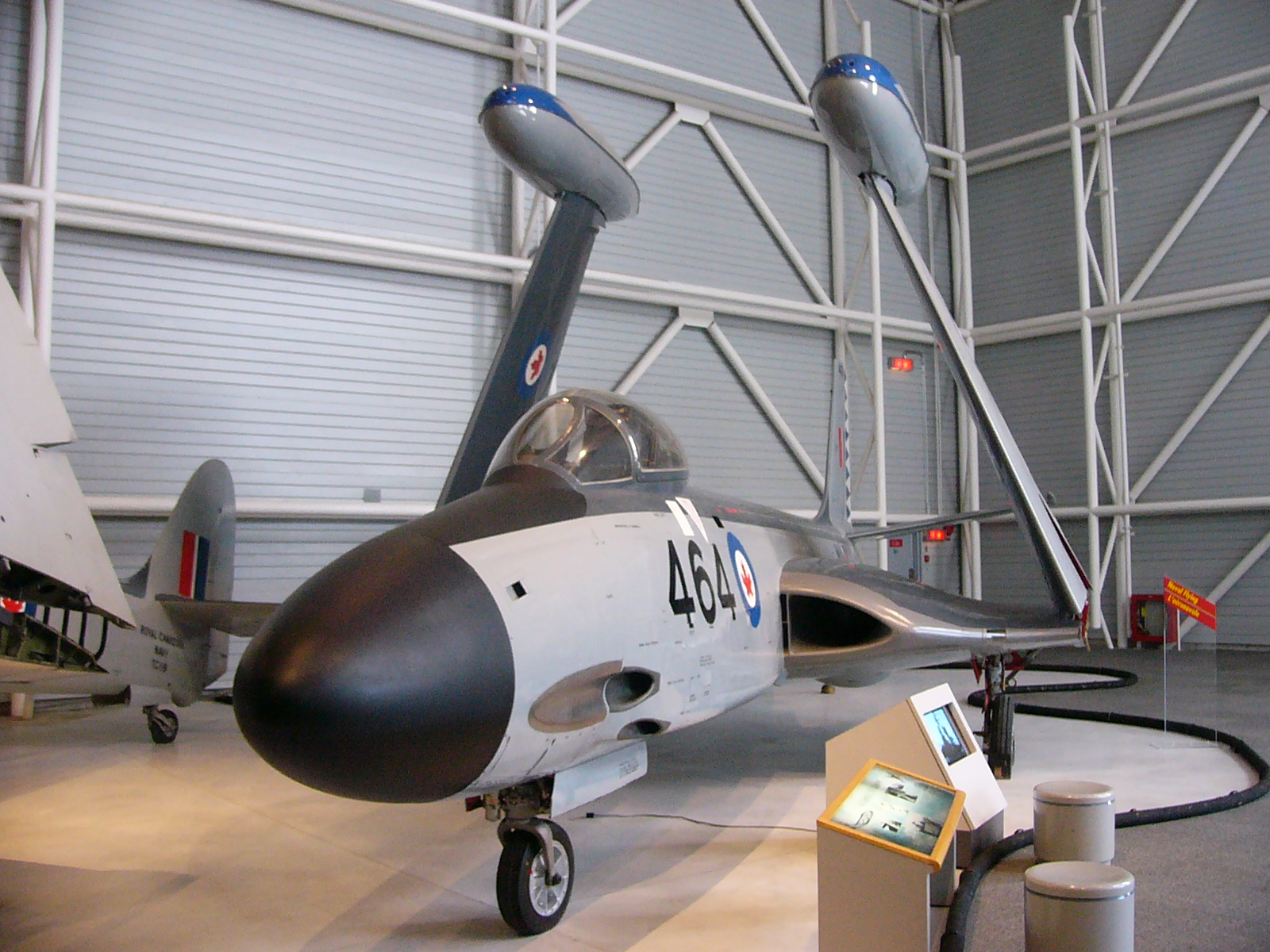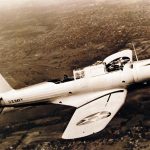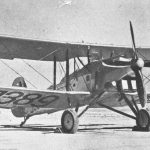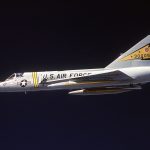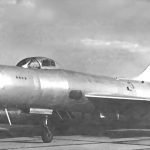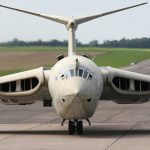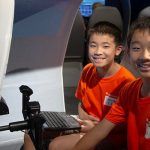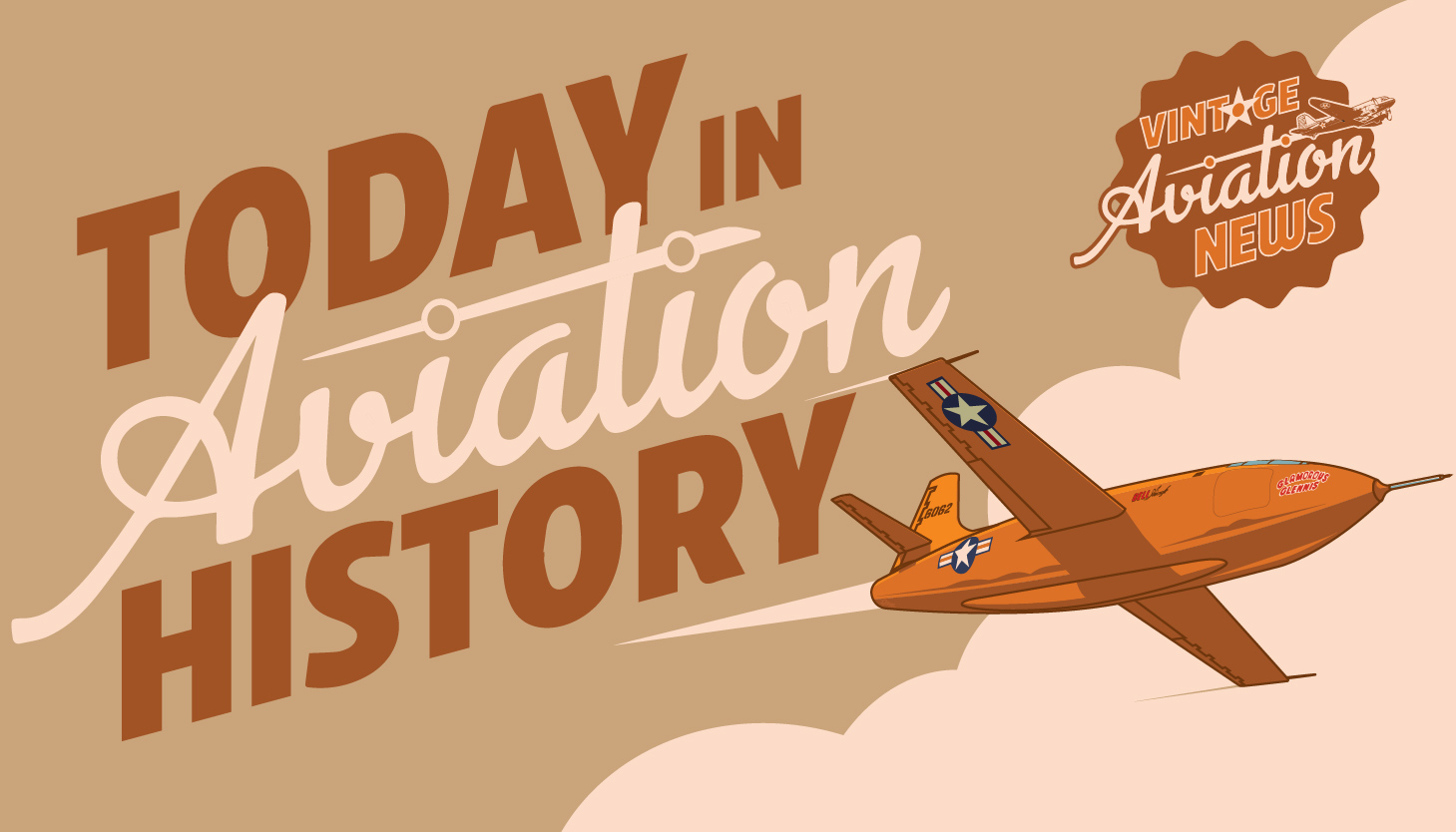
The development of the F2H Banshee began with the introduction of the McDonnell FH Phantom, which was first flown in 1945 as the McDonnell FD-1 and became the first pure-jet aircraft to enter service with the US Navy. However, McDonnell was asked by the Navy in March 1945 to come up with three prototypes for a new version of the Phantom that was to be designated the XF2D-1. Upon further review of the Navy’s requirements for the XF2D-1, such as being able to carry more powerful armament and have greater fuel capacity than the Phantom, it became evident that the design had to be a new development all its own.
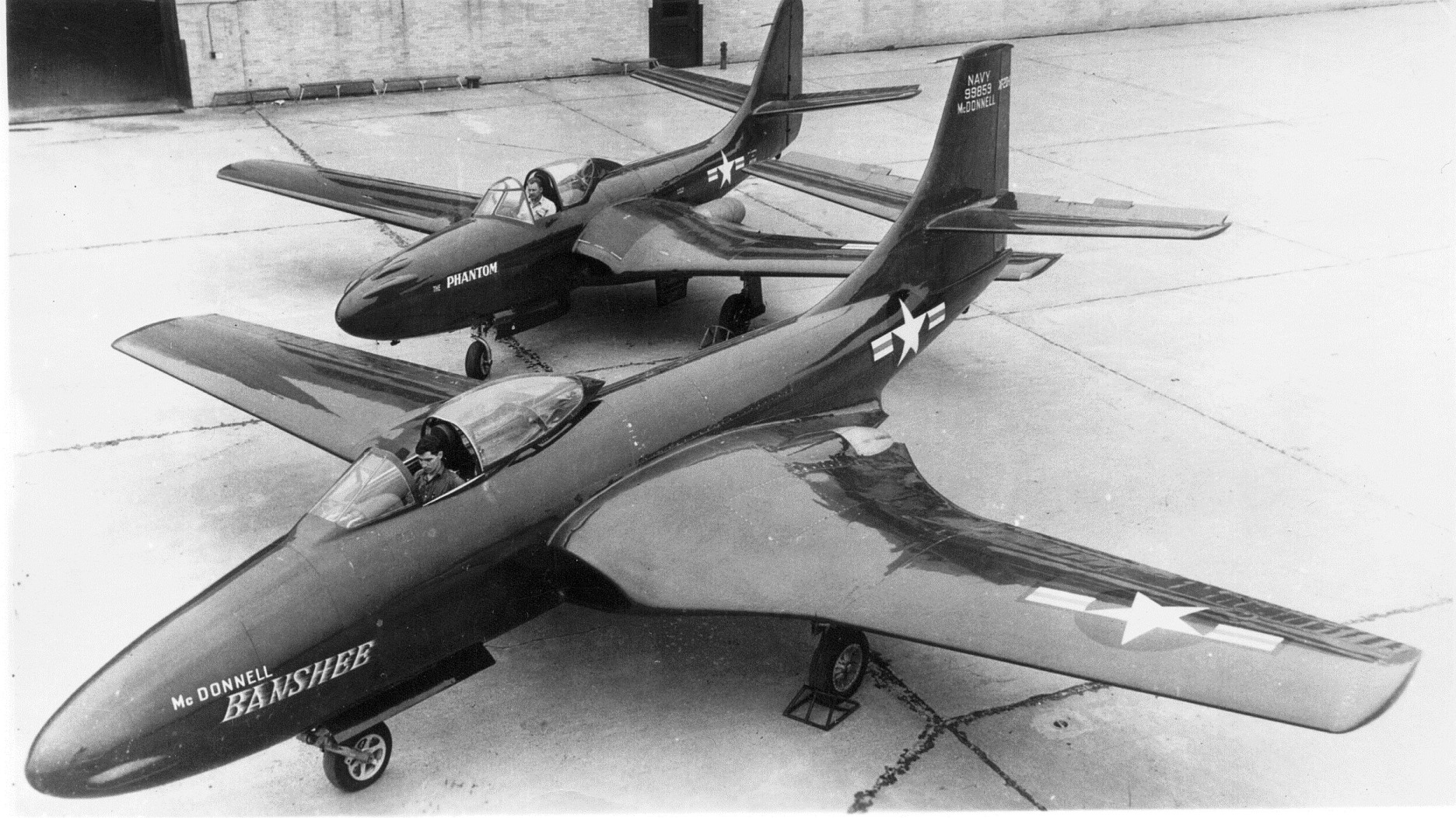
In order to obtain higher levels of performance, the XF2D-1 was designed with a pair of the newly developed Westinghouse J34 turbojet engines, which produced double the power of the Phantom’s two Westinghouse J30s. However, the J34s were larger than the J30s, and thus the wing roots were enlarged on the XF2D-1 to accommodate the new engines, resulting in a larger and thicker wing. The added fuel capacity also led to a larger and stronger fuselage to fit the new fuel tanks, and the aircraft’s offensive armament was swapped from the Phantom’s four .50 caliber M2 Browning machine guns to four 20mm Colt Mk 12 cannons, mounted on the underside of the nose to prevent the muzzle flash from blinding pilots when firing at night. Other improvements included the installation of ejection seats in production models, a pressurized and air-conditioned cockpit, and the bulletproof glass in the front windscreen was electrically heated to prevent frost. In line with McDonnell’s growing penchant for supernatural-sounding names, the XF2D-1 was named the Banshee, after the screaming and shrieking female spirit of Irish folklore.
On January 11, 1947, McDonnell test pilot Robert Edholm took the first XF2D-1 Banshee prototype for its maiden flight at Lambert Field, St. Louis, Missouri. During this first test flight, the aircraft demonstrated a climb rate of 9,000 ft/min (2,700 m/min), twice that of the Navy’s primary fleet defense interceptor, the Grumman F8F Bearcat. After further trials, including carrier qualifications, were concluded, the aircraft was adopted into naval service as the F2H, with ‘H’ being the Navy’s designation for McDonnell.
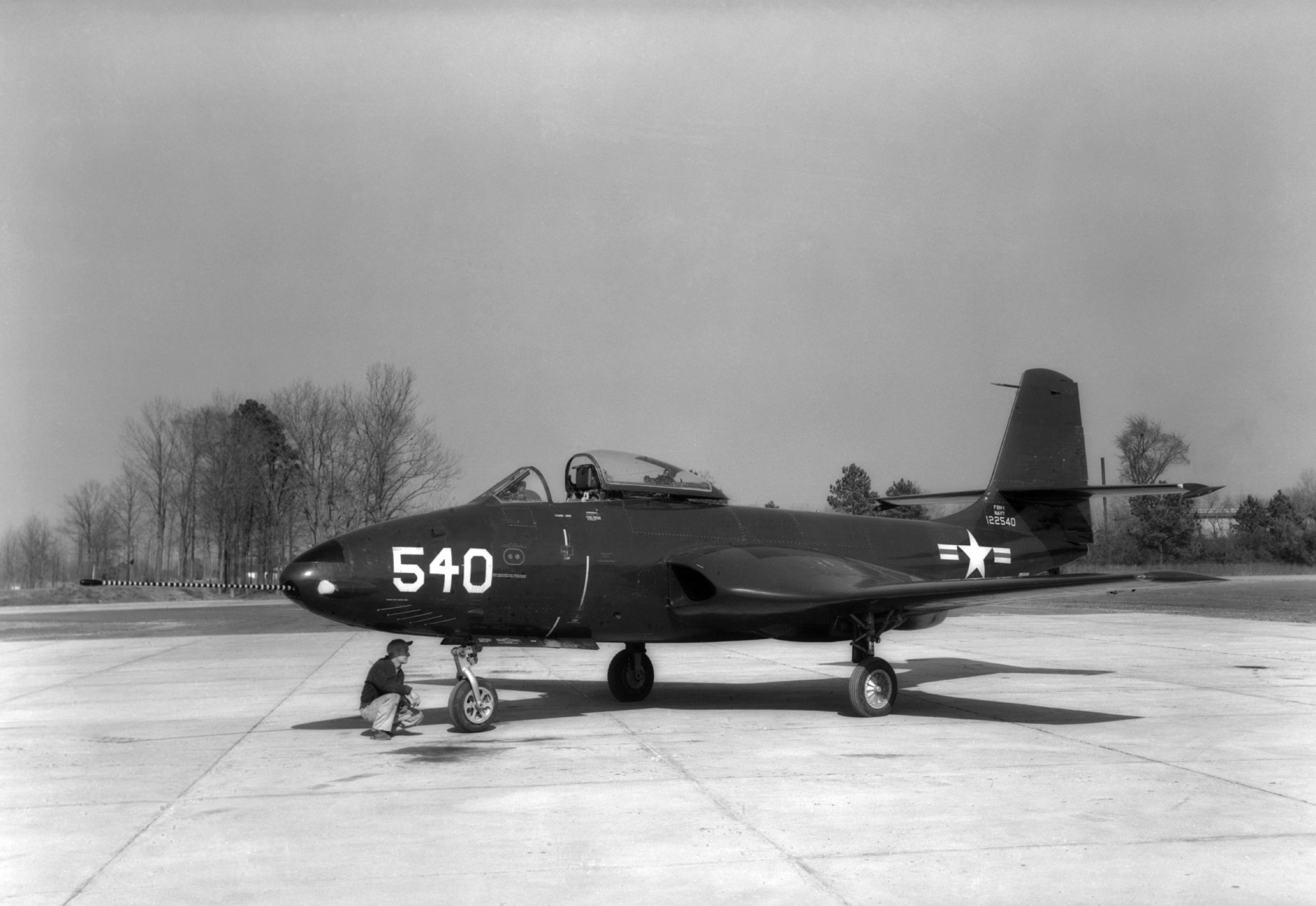
During the Banshee’s operational service, the improved F2H-2 also served as the basis for three subvariants (the F2H-2B fighter-bomber with strengthened wings to carry the Mark 8 nuclear bomb, the F2H-2N night fighter with a nose-mounted AN/APS-19 radar unit, and the F2H-2P photo-reconnaissance variant. Later on, the F2H-3 and F2H-4 were developed as all-weather fighters for fleet defense.
When the Korean War broke out, the F2H Banshee and the Grumman F9F Panther were the US Navy’s primary jet fighters, flying from same Essex class carriers that Corsairs and Hellcats flew off of against the Japanese during World War II. Banshees were also flown over Korea by Marine Corps aviators flying from shore bases on the Korean Peninsula. However, both the Banshee and the Panther had been developed as straight wing fighters, which gave them good low-speed handling characteristics, but kept them from obtaining higher speeds that Air Force jet fighters such as the swept-wing North American F-86 Sabre were regularly exceeding, making the Banshee up to 100mph slower than the Sabre, and the Mikoyan-Gurevich MiG-15. Since the Sabres were the only aircraft capable of comparative performance to the MiG-15s and would engage the MiGs over the Yalu River, far behind the frontlines that had returned to the 38th Parallel, the Banshees and Panthers were used primarily in close air support missions for Army and Marine infantry against North Korean and Chinese entrenchments and fortified positions and interdiction missions on North Korean Army supply lines. The reconnaissance variants of the Banshee were also critical in taking and delivering high-quality photographs of communist military installations and of photos documenting the aftermath of prior airstrikes for analysis back intelligence personnel.
After an armistice was declared in 1953, F2Hs remained in service until the adoption of new carrier-borne swept-wing jet fighters such as the Grumman F-9 Cougar, McDonnell F3H Demon, and the delta wing Douglas F4D Skyray, with the F2H-2P photo-recon aircraft being replaced by both the F9F-8P Cougar (later the RF-9J) and the Vought F8U-1P Crusader (later the RF-8A). By 1961, the last F2H Banshees in the US Naval Reserves were retired from flight duty, and although the F2H-3s and F2H-4s in storage were redesignated as F-3Cs and F-3Ds, they never flew under these designations.
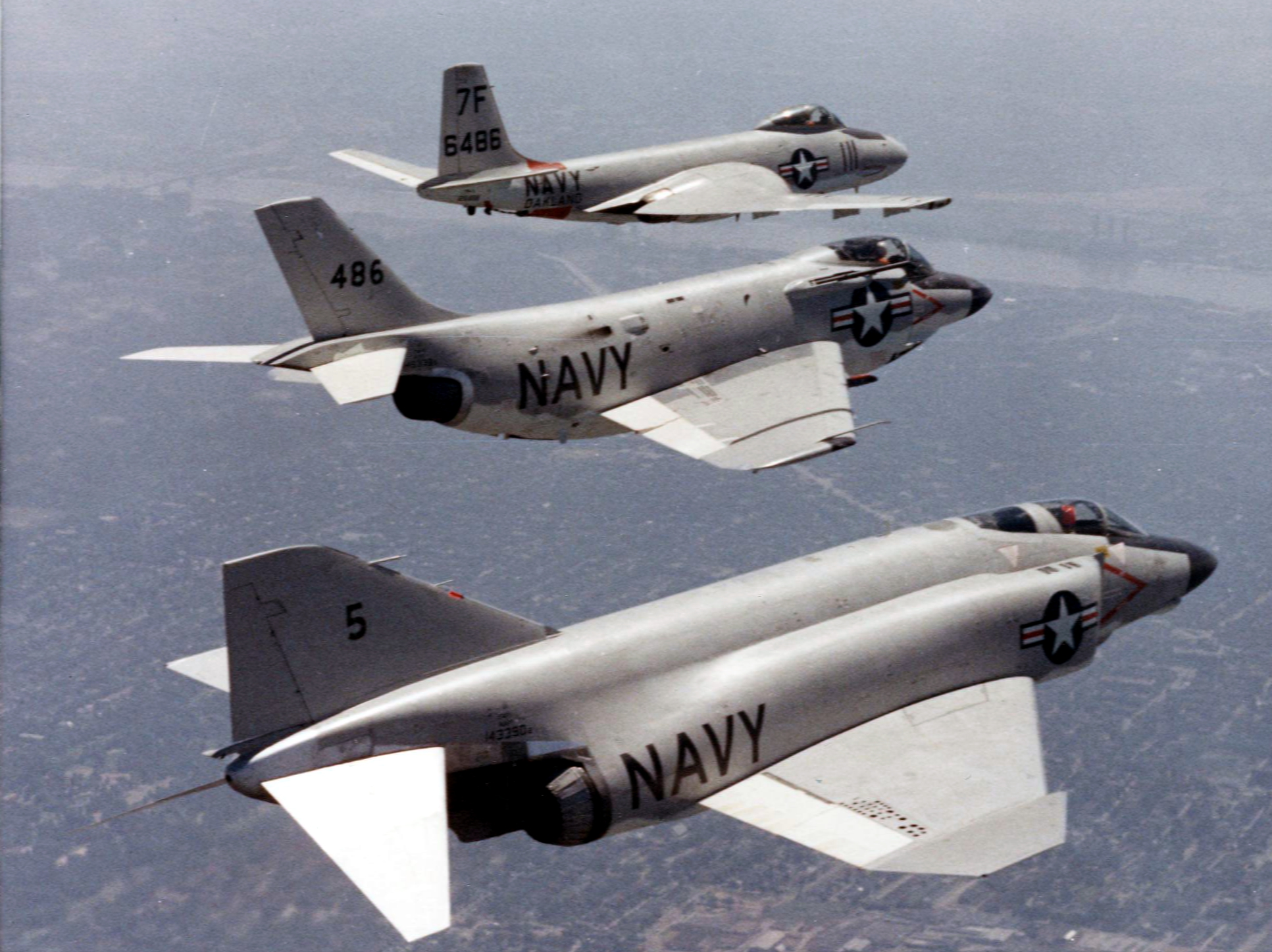
In addition to their US service, 60 F2H-3 Banshees were ordered for use in the Royal Canadian Navy to replace the RCN’s fleet of Hawker Sea Furies, flown off the deck of Canada’s last aircraft carrier, HMCS Bonaventure. Additional RCN Banshees were flown from shore bases to serve as interceptors for NORAD until they were retired by 1962.
Of the 895 Banshees built, only ten have survived to go on static display in museums, with three preserved in Canada (The Military Museums in Calgary, Alberta, the Shearwater Aviation Museum in Shearwater, Nova Scotia, and the Canadian Aviation and Space Museum in Ottawa, Ontario), and the remaining seven being displayed around the United States, such as the USS Lexington Museum in Corpus Christi, Texas, the National Naval Aviation Museum in Pensacola, Florida, and the Pima Air and Space Museum in Tucson, Arizona. The McDonnell F2H Banshee would be one of the last straight-wing fighters in naval service and would mark another steppingstone in McDonnell Aircraft becoming a leading manufacturer of naval fighters.
Today in Aviation History is a series highlighting the achievements, innovations, and milestones that have shaped the skies. All the previous anniversaries are available HERE







